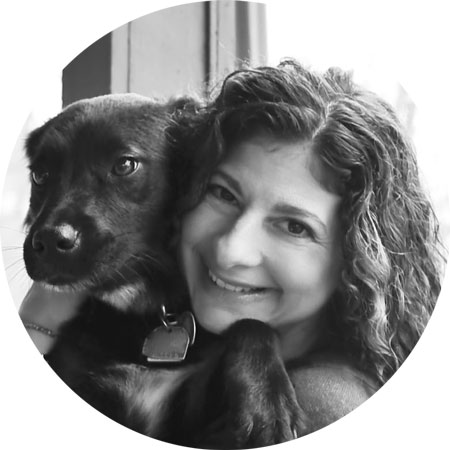The first time I left a critique group meeting where my manuscript was reviewed, I cried. Letting other people comment on my work felt personal. It took me some time to learn that critiques of my work are not about me, but about my writing.
The SCBWI critique group I belong to has approached critiquing several ways. Most recently, we’ve adopted a method that is called The Vermont Approach, loosely based on Vermont College of Fine Arts’ MFA critiquing style. This method sandwiches questions and concerns between positive feedback and discussion.
Here’s how it works:
- One person volunteers to take notes.
- The writer whose work is being critiqued doesn’t speak or, as we call it, “stays in the bubble or box.”
- Group members begin discussing positives about the manuscript.
- Group members raise questions and concerns about the manuscript.
- The person who took notes reads everything back. There is more discussion.
- The writer is then allowed “out of the bubble or box” and is encouraged to ask and answer questions.
- The writer is given the meeting notes as well as individual critiques from each member.
This method has worked well when there are more of us at a meeting. If attendance is light, we might discuss a manuscript without the writer being “in the bubble,” but whichever way we critique, positives always sandwich concerns.
Sharing writing is personal, and it takes courage to let other people question our thoughts and imaginations. Words that are so lovingly put into sentences and molded into narratives are examined. Ideally, critique groups are a safe place to listen, learn and hone the craft of writing.
If you are an experienced picture book or non-fiction writer and would like to be considered in my critique group, please send an email to: Naomi Gruer or Lyn Sirota.



 Naomi Gruer
Naomi Gruer 